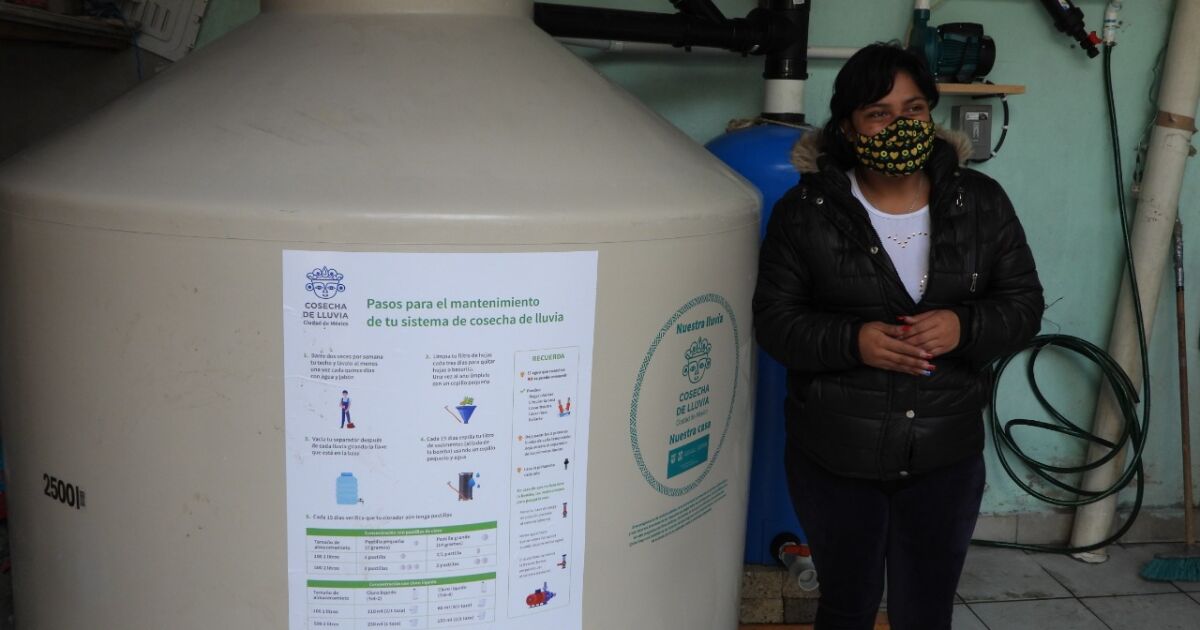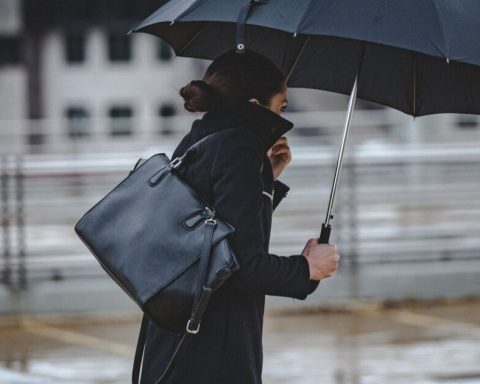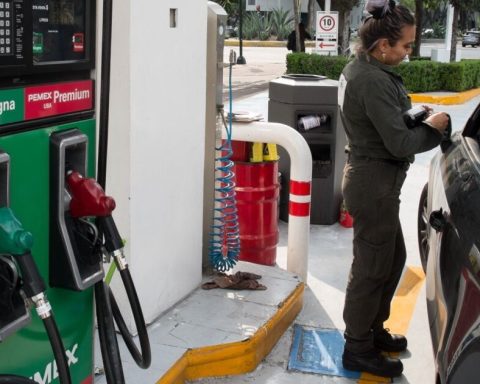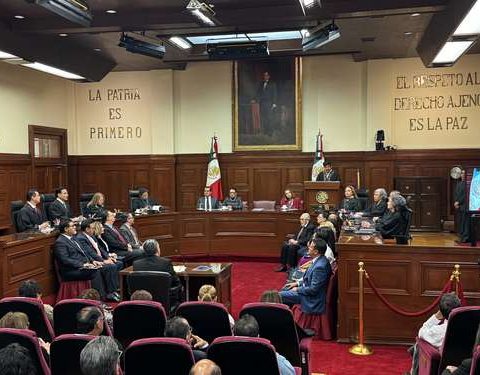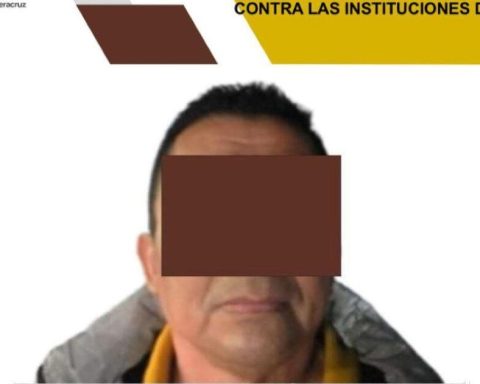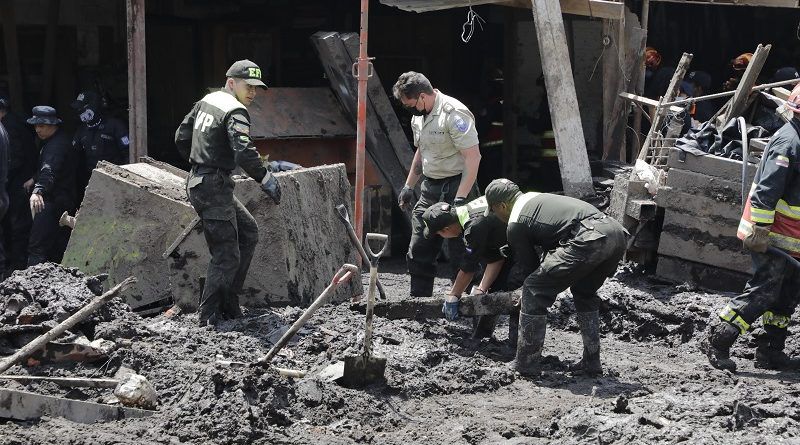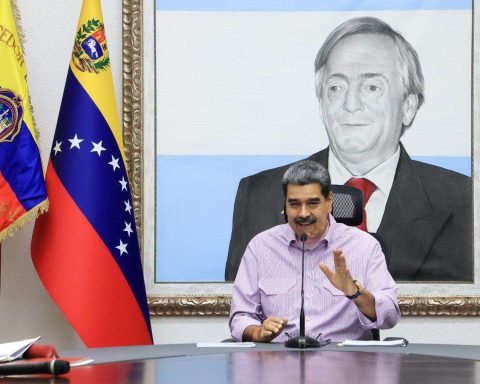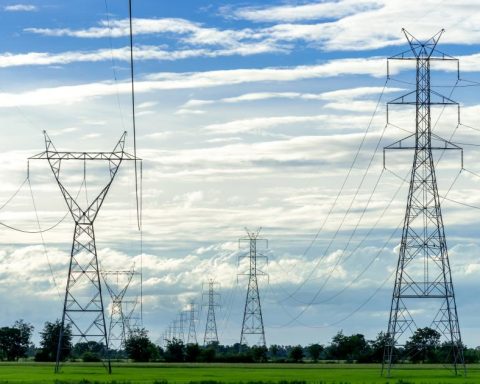To cook and drink daily, the family continues to buy four jugs of water a week, an expense of 40 pesos since they go to a purifier that refills the jugs to reduce the cost.
However, this climate-dependent system does not provide enough for the family when, due to the increase in temperatures and the drought in the Valley of Mexico, there is little or no rain at all.
The woman admits that she is worried about having to go back to hunting pipes in the hottest months of the dry season, which in the capital has lasted from November to May.
“Yes, I am concerned about the dry season because it is when one more battle with water, they leave us more time without throwing water at us, but even if it does not rain we can occupy the water tank and refill it until it is rainy time again. It helps us to collect the water in case we don’t have it, there we have even a little stored, ”he comments.
In the last three years, the Ministry of the Environment has installed 31,000 Rain Harvest systems in municipalities such as Iztapalapa, Tlalpan and Xochimilco; The goal is to add 10,000 more home teams in the Milpa Alta mayor’s office this 2022.
To encourage the use of rainwater harvesting systems, the capital government also announced subsidies of 50% to 100% for the installation of this equipment in neighborhoods marked by water scarcity and social marginalization.
Carlos Samayoa, coordinator of Sustainable Cities for Greenpeace Mexico, considers the “Rain Harvest” program to be a step in the right direction, but insufficient to solve the water problem in the Valley of Mexico.
